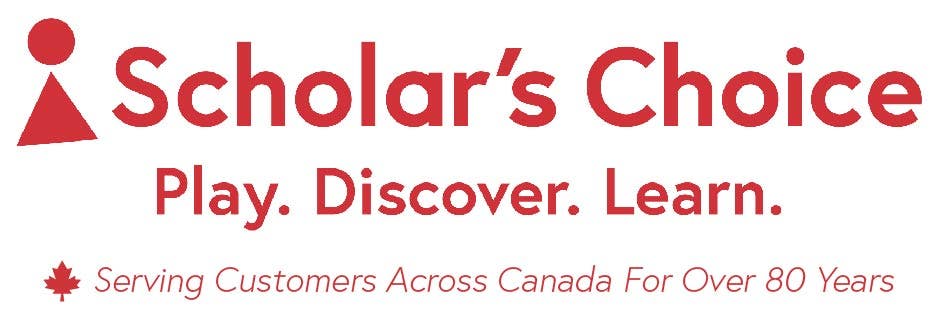

The Vital Role of Mark Making in Early Childhood Education
In the formative years of childhood education, developing the foundational skills that will support a child's academic journey is essential. Among these foundational skills, mark making holds a critical place, particularly in the realms of literacy and fine motor development. Often overlooked or misunderstood as mere scribbling, mark making is a powerful educational tool that fosters early writing skills, enhances fine motor control, and supports cognitive development. This blog explores the importance of mark making in early childhood education and offers strategies for educators to effectively incorporate it into play-based learning.
Understanding Mark Making
Mark making refers to the creation of lines, patterns, and shapes, whether with pencils, crayons, markers, or any tool that allows a child to make an impression on a surface. It is often considered the precursor to writing and is crucial in the journey towards literacy. For young learners, mark making is not just about the physical act of drawing or writing; it represents a form of expression and communication, even before they can formally write.
So together lets explore and learn more about mark making and why it is so important in early childhood education!
Enhances Fine Motor Skills
Mark making actively engages the small muscles in a child's hands and fingers as they learn to hold writing instruments. These activities help develop fine motor skills, which are essential for a variety of daily tasks, including buttoning clothes, tying shoes, and, importantly, writing.
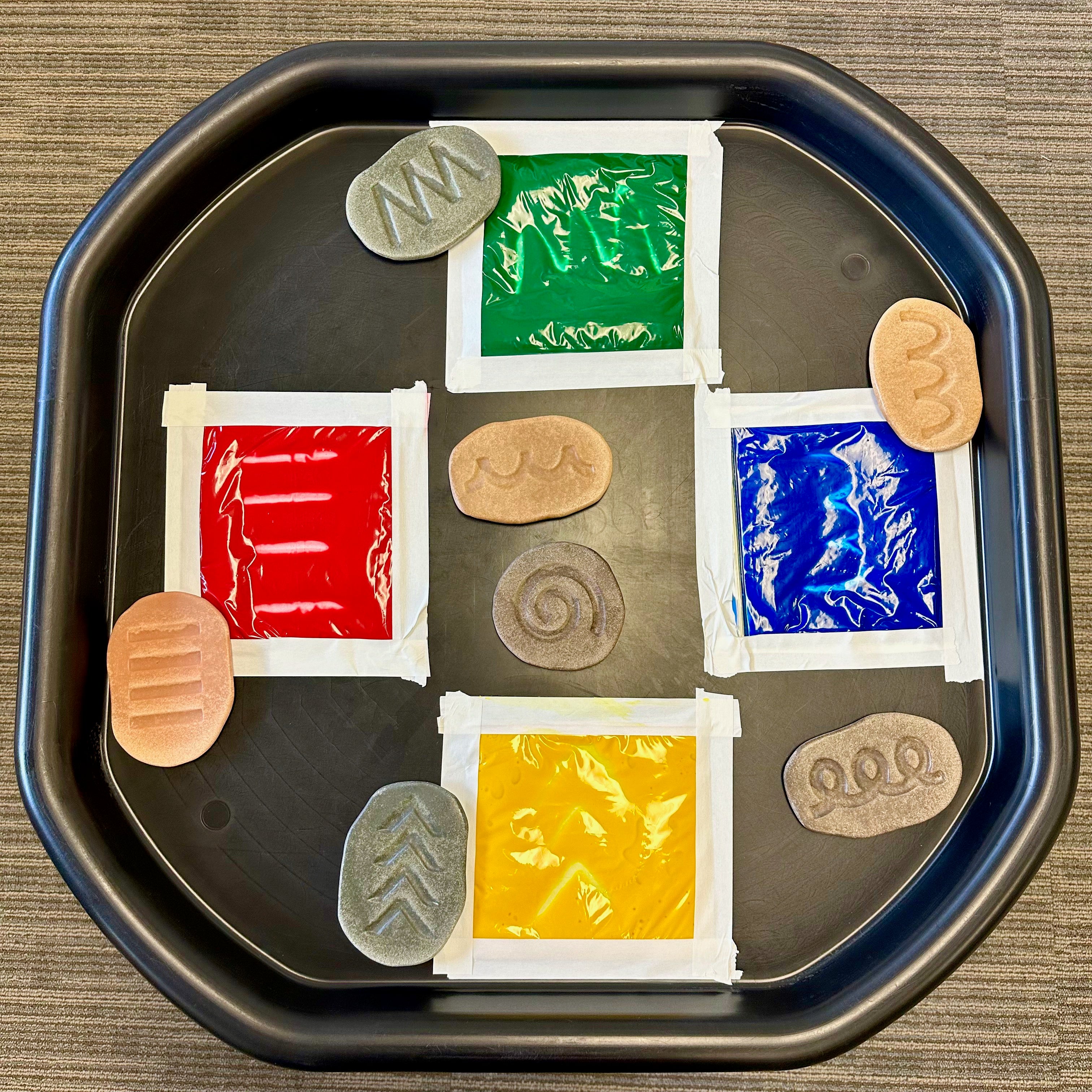

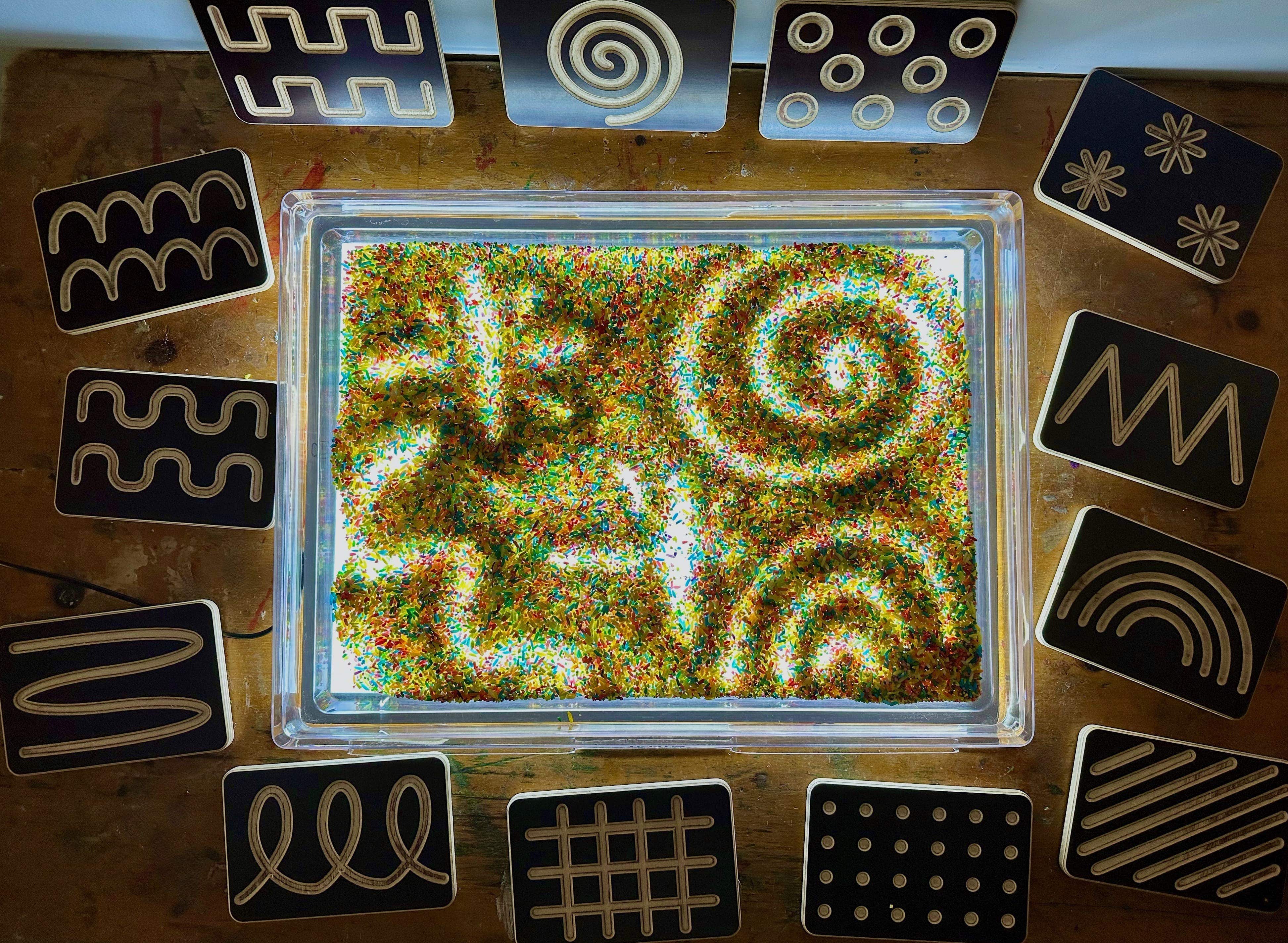

Prepares for Writing and Literacy
Mark making is fundamentally linked to literacy. As children experiment with making different marks, they begin to understand symbolic forms, which are the basis of letters and numbers. This early exploration includes making sense of what they can communicate through marks, setting the stage for later writing and reading skills.
Encourages Creativity and Expression
Through mark making, children express their feelings, ideas, and experiences. This form of expression is crucial for cognitive and emotional development. It allows educators to gain insights into the child's thoughts and developmental stages, offering a unique perspective on their individual learning paths.
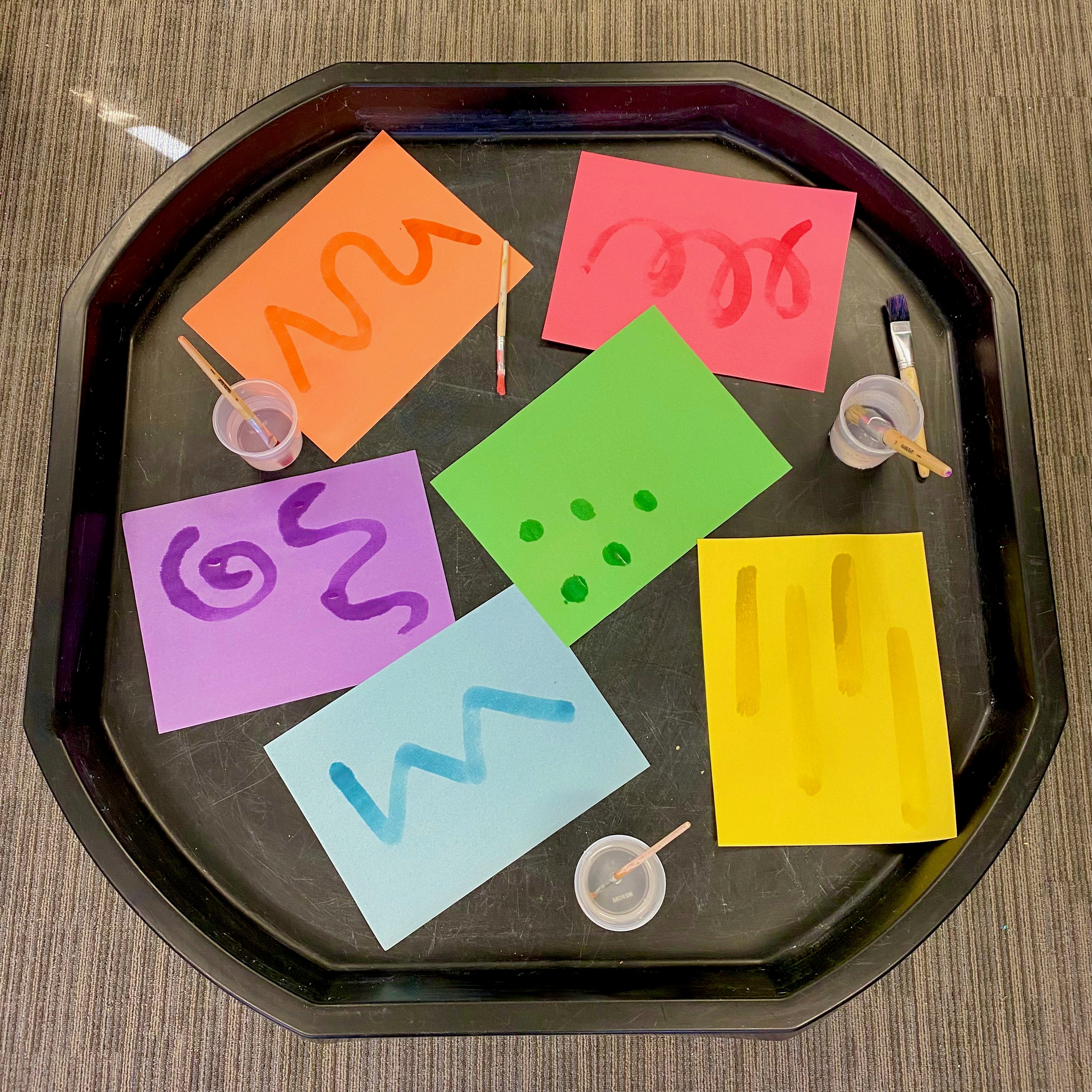

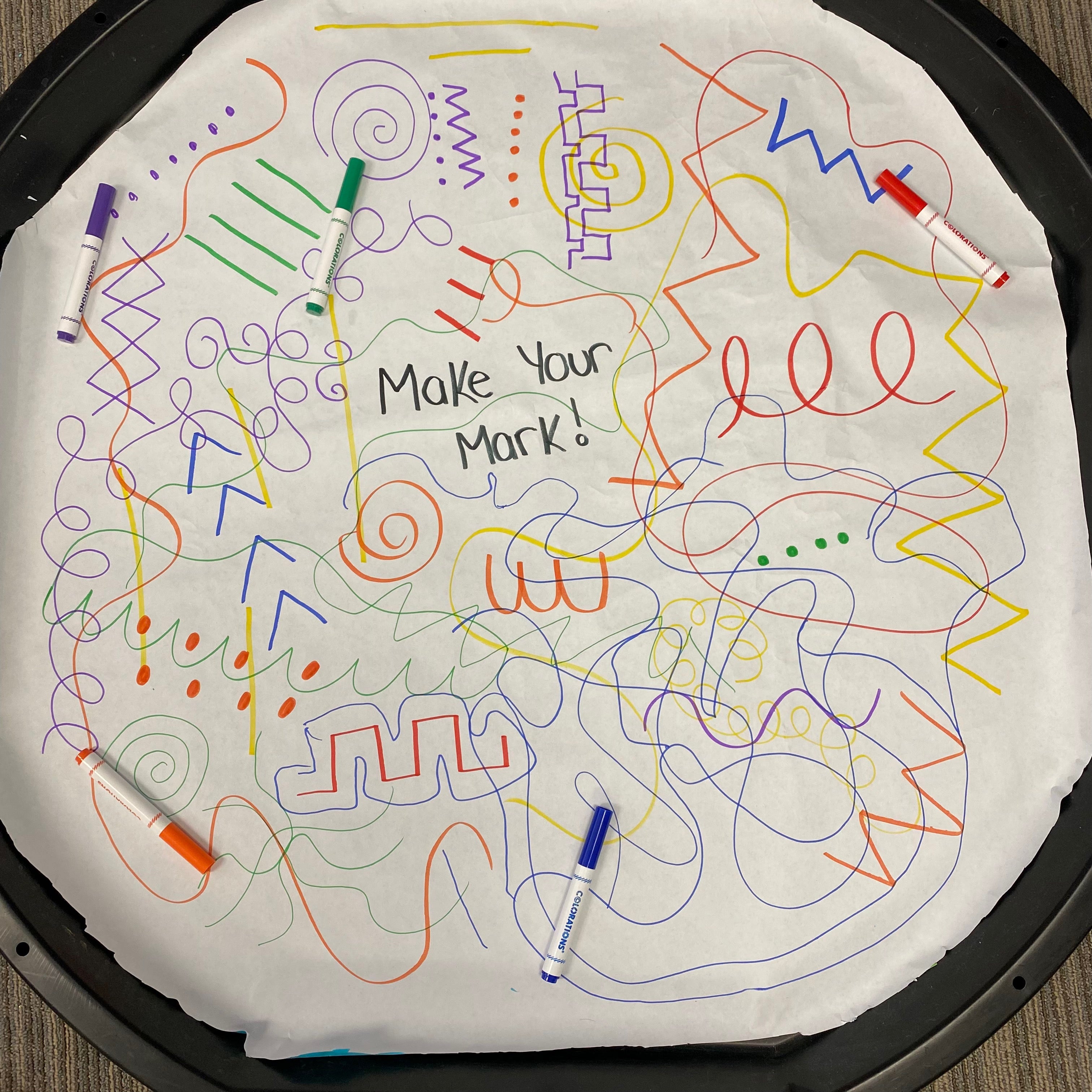

Supports Cognitive Development
Mark making involves decision-making, planning, and problem-solving. Children decide what tools to use, what to draw, and how to convey their message, which are all cognitive processes. These decisions help enhance their ability to focus, remember, and solve problems.
Strategies for Supporting Mark Making in Early Childhood Education
1. Create Inviting Mark Making Areas: Set up accessible and well-equipped mark making stations in your classroom. Include a variety of materials such as paper, cardboard, fabrics, crayons, markers, and chalks. Make these stations inviting and ensure they are available for children to access freely during their playtime.
2. Incorporate Mark Making Across the Curriculum: Integrate mark making into various areas of learning. For example, in science, children can draw observations from experiments. In math, they can represent numbers and shapes. Embedding mark making throughout different subjects makes the activity diverse and educationally rich.
3. Use Storytelling and Books: Incorporate books and storytelling into your mark making activities. After reading a story, encourage children to draw what happened or create a new ending. This not only reinforces their understanding of the story but also links literacy with their creative expressions.
4. Provide Positive Feedback: Offer encouragement and positive feedback on children's mark making efforts. Discuss their drawings with them, asking questions about their choices and stories behind their marks. This recognition boosts their confidence and motivation to engage further.
Mark making is a vital component of early childhood education that plays a significant role in developing literacy, fine motor skills, and cognitive abilities. By fostering a supportive environment for mark making, educators can provide children with the tools they need to express themselves, explore new concepts, and prepare for the more structured aspects of writing and reading. As we embrace and encourage mark making, we nurture a child's ability to communicate and create, laying the groundwork for their future educational success.
See all our favourite phonemic awareness learning resources here
Make sure to tag us on social media if you try any of our ideas and follow us for more play based learning activites, process art and craft ideas on social media @ScholarsChoice on Facebook, Instagram and Pinterest

